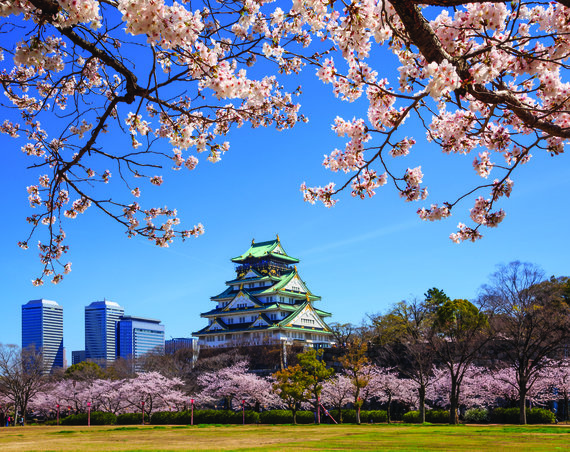______________________________
SHOCHU MAY BE THE world’s greatest little-known spirit – and it has been right under our noses for almost 500 years.
The Chinese characters that are used to spell out ‘shochu’ literally translate as ‘burnt liquor’ – a reference to the distillation process used to separate the spirit from the water. This method is thought to have made its way to Japan via Korea or, in the case of Japan’s deep south in Okinawa, via Thailand.
All shochu is fermented twice, and distilled once or twice, depending on the style. The first fermentation will be with a base ingredient for a foundation then a second ingredient will be added into the mash.
Shochu is very different to Korean Soju. Honkaku (authentic) shochu is uniquely Japanese and almost always must be made with Japanese ingredients. Soju is produced in Korea with less stringent regulations and from multiple ingredients in a single batch. It tends to be highly diluted and lighter in flavour, with less clarity in terms of ingredients, and production does not usually employ the artisanal methods used in shochu.
Almost any foodstuff with a starch content can be made into shochu, from barley and rice to black sugar and buckwheat, or even sweet potatoes or sesame seeds.
While grain is often malted in the western world to create sugars for fermentation, shochu uses koji-kin, also called koji mould, to break down starches and convert them into sugars. This mould is cultivated and studied in Japan and is used in the production of everything from sake and shochu to miso and soy sauce.
HEAVILY REGULATED
In some ways shochu is actually more closely regulated than sake, in that the shochu category has four controlled appellations: Awamori, made from Thai rice in Okinawa; Satsuma shochu, made from sweet potatoes in Kagoshima; Kuma shochu, made from Japanese rice in Kumamoto; and Iki shochu, made from barley on the Iki Island off the coast of Nagasaki. However, sake, or ‘nihonshu’, is awaiting status as a geographical indication from the World Trade Organisation.
Traditionally, shochu was made in locations that were deemed too warm for sake production and, although modern technology allows for almost anything to be made almost anywhere, most shochu is still made in the warmer south of Japan, while most sake is made on the country’s main island and moving up where it gets colder.
Of course, there are exceptions. There is great chestnut shochu with notes of Mont Blanc pastry coming from Nishiyama distillery near Kobe in the Hyogo prefecture, and Amabuki in one of Japan’s southern islands, Kyushu, produces beautiful aromatic sake using flower yeast for fermentation.
Shochu is bottled at many different strengths, depending on the desired balance and texture for the product. It can be aged in everything from ceramic tanks to earthenware pots and even ex-bourbon casks.




